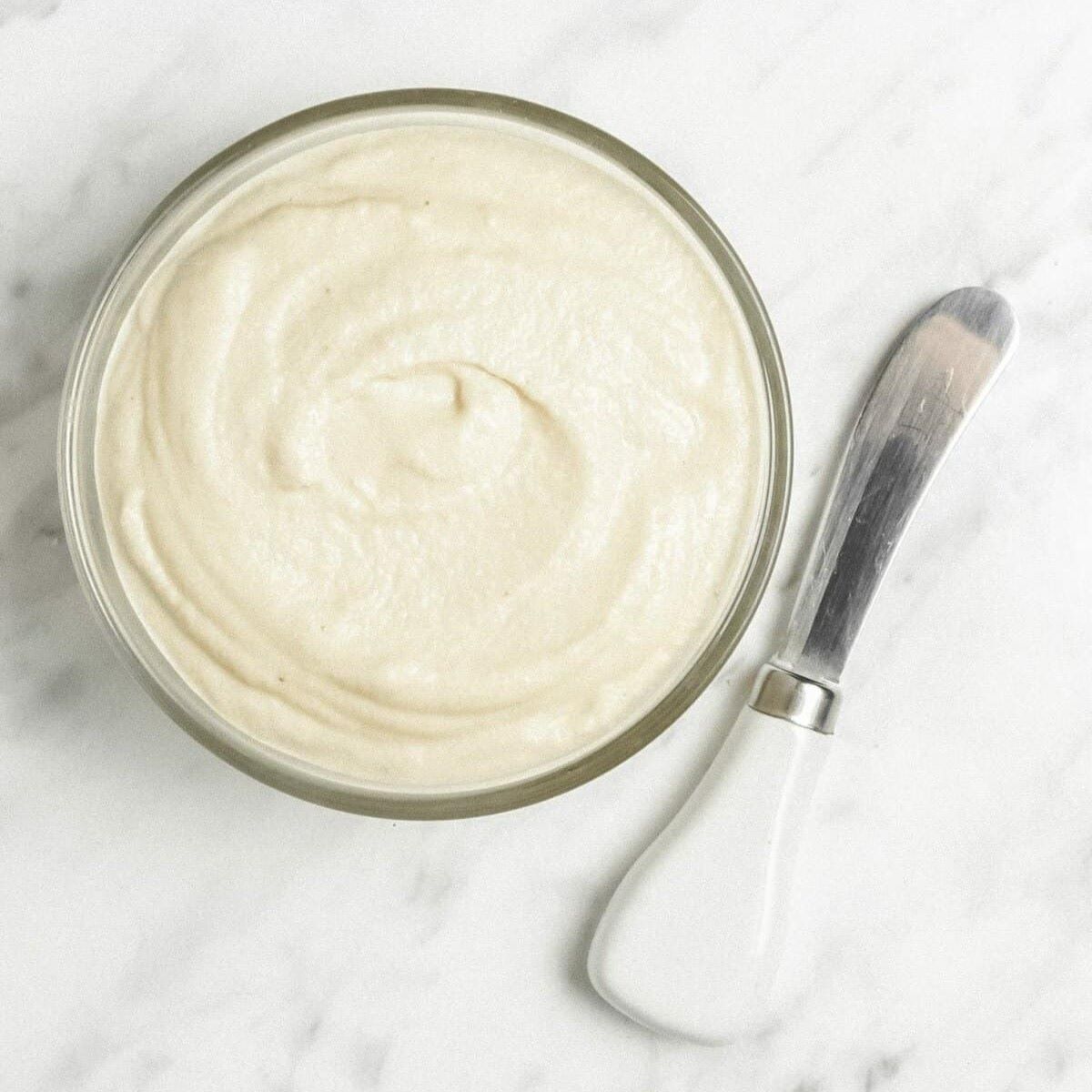

Articles
How To Store Homemade Icing
Modified: December 7, 2023
Learn how to properly store homemade icing to keep it fresh and delicious for longer. Get expert tips and tricks in this informative article.
(Many of the links in this article redirect to a specific reviewed product. Your purchase of these products through affiliate links helps to generate commission for Storables.com, at no extra cost. Learn more)
Introduction
Welcome to our guide on how to store homemade icing! Whether you’re a seasoned baker or just starting out, one thing is for certain – homemade icing adds the perfect finishing touch to any cake, cupcakes, or cookies. However, ensuring that your homemade icing stays fresh and delicious can be a bit of a challenge. That’s why understanding the proper storage methods is crucial.
Proper storage of homemade icing is important for several reasons. First and foremost, it helps maintain the taste and texture of the icing. When exposed to air or improper temperatures, icing can quickly become dry, clumpy, or even spoiled. By storing it correctly, you can extend its shelf life and ensure it stays smooth and luscious.
Another reason to store homemade icing properly is to prevent cross-contamination. If not stored correctly, the icing can absorb odors from other foods in the refrigerator or freezer. Additionally, improper storage can lead to the growth of bacteria or mold, which can make the icing unsafe to consume.
Before diving into the storage methods, there are a few considerations to keep in mind. The type of icing you’re making plays a role in determining the best storage practices. Buttercream icing, for example, has a different storage requirement than cream cheese icing. It’s crucial to know the specific needs of the icing you’re working with.
Another factor to consider is the storage duration. Are you planning to store the icing for a few days or several weeks? Different storage methods work best for different timeframes, so it’s important to plan accordingly.
Furthermore, the storage environment is also critical. The temperature and humidity levels can impact the shelf life and consistency of the icing. Understanding these factors will help you choose the most suitable storage method.
In the following sections, we will explore various containers that are suitable for storing homemade icing and provide you with best practices to ensure your icing stays fresh and delicious for as long as possible. So let’s dive in and discover the secrets of proper homemade icing storage!
Key Takeaways:
- Proper storage of homemade icing is essential to maintain its taste, texture, and safety. Consider the type of icing, ingredients, and storage duration to choose the best storage method and containers.
- Organize your homemade icing in the refrigerator or freezer to maximize space and maintain order. Label containers, group similar flavors, and utilize freezer bags for efficient storage.
Read more: How To Store Homemade Ice Cream
Why is proper storage of homemade icing important?
Proper storage of homemade icing is essential to maintain its quality, taste, and safety. Here are a few reasons why it is important to store homemade icing correctly:
- Maintaining taste and texture: Homemade icing is made with care and attention to detail, resulting in a delectable and creamy texture. Improper storage can cause the icing to dry out, become grainy, or develop an unpleasant texture. By storing the icing in the right conditions, you can preserve its smoothness and ensure it tastes just as good as when it was first made.
- Preventing spoilage: Homemade icing typically contains perishable ingredients such as butter, cream, or cream cheese. These ingredients can spoil if not stored properly, leading to the growth of harmful bacteria or the development of mold. Storing the icing in the appropriate manner helps inhibit bacterial growth and keeps it safe to consume.
- Minimizing cross-contamination: In a refrigerator or freezer, there are various food items with distinct smells. If homemade icing is not stored correctly, it can absorb odors from other foods, resulting in an undesirable taste or aroma. Proper storage helps minimize the risk of cross-contamination and preserves the integrity of the icing’s flavor.
- Extending shelf life: While homemade icing is best enjoyed fresh, there may be occasions when you need to store it for a longer period. Proper storage methods can help extend the icing’s shelf life, allowing you to prepare decorations in advance or store leftovers for later use. This not only saves time but also reduces waste.
- Ensuring food safety: Homemade icing, particularly those made with ingredients like eggs or dairy, can be susceptible to bacterial contamination if not stored correctly. By following proper storage practices, you can minimize the risk of foodborne illnesses and ensure that the icing is safe for consumption.
Overall, proper storage of homemade icing is crucial to preserve its quality, taste, and safety. By keeping the icing fresh and free from spoilage, you can enjoy delicious and visually stunning baked goods without any concerns. In the next sections, we will explore the factors to consider before storing homemade icing and the different types of containers suitable for this purpose.
Factors to consider before storing homemade icing
Before you embark on storing your homemade icing, there are a few key factors to consider to ensure optimal results. These factors will help you determine the best storage method and duration for your specific icing recipe. Here are some important factors to keep in mind:
- Type of icing: Different types of icing have different storage requirements. For instance, buttercream icing is more stable at room temperature compared to cream cheese icing, which needs to be stored in the refrigerator. Consider the specific type of icing you have made and research its ideal storage conditions.
- Ingredients: Take into account the ingredients used in your homemade icing. Some ingredients, such as perishable dairy products or fresh fruit purees, may require refrigeration to prevent spoilage. On the other hand, icings made solely with powdered sugar and flavorings may be more shelf-stable at room temperature.
- Storage duration: How long do you plan to store the icing? If you only need to store it for a day or two, refrigeration might be sufficient. However, if you need to store it for an extended period, freezing might be the best option to maintain freshness. Consider the length of time you need to store the icing to determine the appropriate storage method.
- Weather conditions: The temperature and humidity levels in your kitchen or storage area can affect the stability of the icing. In warm and humid climates, icing may have a shorter shelf life at room temperature and might need refrigeration. On the other hand, in cooler and drier conditions, the icing may be more stable at room temperature.
- Usage: Consider how you plan to use the icing once it is stored. If you need it for decorative purposes, it might be best to store it in piping bags or airtight containers to maintain its shape and texture. If you plan to use it for spreading on cakes or cupcakes, a different storage method might be more suitable.
By considering these factors, you can make more informed decisions about how to store your homemade icing and ensure that it stays fresh, delicious, and safe to consume. In the next sections, we will explore the types of containers that are suitable for storing homemade icing and provide you with best practices for ensuring its longevity.
Types of containers suitable for storing homemade icing
When it comes to storing homemade icing, choosing the right container is essential to maintain its freshness and quality. Here are some types of containers that are suitable for storing homemade icing:
- Airtight containers: Airtight containers are the go-to choice for storing icing, especially if you plan to keep it at room temperature. These containers create a seal that prevents air from entering and keeps the icing from drying out or absorbing unpleasant odors. Look for containers with tight-fitting lids to ensure maximum freshness.
- Piping bags: If you want to store your icing for cake decorating purposes, piping bags are a convenient option. Fill a piping bag with the icing, squeeze out any excess air, and tightly seal it. Piping bags are also great for portioning out smaller amounts of icing for future use.
- Plastic containers: Plastic containers with secure lids are another effective option for storing homemade icing. Opt for food-grade plastic containers that are specifically designed for storing perishable goods. These containers are lightweight, durable, and easy to stack in the refrigerator or freezer.
- Glass jars with lids: Glass jars with tight-fitting lids are a popular choice for storing homemade icing. They are non-reactive and do not absorb odors, ensuring that your icing remains fresh and free from contamination. Glass jars also allow you to see the contents, making it easier to identify the icing flavor or color.
- Wrap and foil: Alternatively, you can wrap your icing tightly in plastic wrap or aluminum foil. This method is suitable for smaller amounts of icing or if you need to store it temporarily. Ensure that the wrap or foil is tightly sealed to prevent air exposure and maintain the icing’s texture and taste.
Regardless of the type of container you choose, it is crucial to clean and sanitize it before using it to store icing. Make sure the container is free from any residue or lingering odors that could affect the freshness of the icing.
When selecting a container, consider the quantity of icing you need to store and the available storage space. It’s helpful to have a variety of container sizes on hand to accommodate different amounts of icing.
Now that you’re familiar with the types of containers suitable for storing homemade icing, let’s move on to the best practices for storing your icing to ensure its longevity and quality.
Store homemade icing in an airtight container in the refrigerator for up to 1 week. If you need to store it longer, you can freeze it for up to 3 months. Just make sure to thaw it in the refrigerator before using.
Best practices for storing homemade icing
To ensure that your homemade icing stays fresh, delicious, and safe to consume, it is important to follow these best practices for storing it:
- Cool the icing: Before storing the icing, allow it to cool completely. Warm icing can create condensation inside the container, leading to clumping or water accumulation. Give the icing enough time to reach room temperature or cool it in the refrigerator before transferring it to a storage container.
- Clean and dry containers: Cleanliness is crucial when it comes to storing icing. Before using any container, thoroughly clean it with hot, soapy water and rinse it well. Ensure that the containers are completely dry before adding the icing to prevent moisture from affecting its consistency.
- Divide and conquer: If you have a large batch of icing, consider dividing it into smaller portions before storing. This will make it easier to thaw or use only what you need without repeatedly exposing the entire batch to air and temperature fluctuations.
- Label and date: Don’t forget to label your containers with the type of icing and the date it was made. Proper labeling helps you keep track of the freshness of the icing and prevents confusion if you have multiple flavors or colors stored.
- Use the right storage method: Depending on the type of icing and your storage duration needs, choose the appropriate storage method. Buttercream and powdered sugar-based icings can usually be stored at room temperature for a few days, while icings with perishable ingredients like cream cheese or fresh fruit should be stored in the refrigerator. For longer storage, freezing is the best option.
- Avoid exposure to air: When storing icing, minimize its exposure to air. Air exposure can cause the icing to crust or dry out. Make sure the container is completely airtight to preserve the icing’s moisture and prevent it from absorbing any unwanted flavors or odors from the surroundings.
- Refrigerate or freeze promptly: If you are storing icing in the refrigerator or freezer, place it in the appropriate storage location promptly after preparing it. This helps maintain its freshness and prevents the growth of bacteria or mold.
- Thaw gradually: If you stored your icing in the freezer, it’s important to thaw it properly before using. Move the icing from the freezer to the refrigerator and allow it to thaw slowly. This will help preserve its smoothness and prevent any separation or texture changes.
By following these best practices, you can ensure that your homemade icing stays fresh, tasty, and ready to use whenever you need it. Now, let’s move on to some tips for organizing homemade icing in the refrigerator or freezer to make your baking adventures more organized and efficient.
Tips for organizing homemade icing in the refrigerator or freezer
Organizing your homemade icing in the refrigerator or freezer can help you maximize space, maintain order, and easily access the icing whenever needed. Here are some helpful tips for organizing your homemade icing:
- Use stackable containers: Opt for containers that are stackable to make the most efficient use of your refrigerator or freezer space. This way, you can easily stack containers on top of each other without wasting any valuable space.
- Label containers: Proper labeling is essential for easy identification. Clearly label each container with the type of icing and the date it was made. This will help you quickly find the icing you need and ensure that you use the oldest ones first.
- Store similar flavors together: Group containers of the same flavor together to make it easier to locate specific icing flavors. This will save you time and prevent accidentally grabbing the wrong flavor for your desired baked goods.
- Separate different colors: If you have different colored icings, consider storing them separately to prevent color transfer or mixing. You can use plastic dividers or keep them in different sections of the refrigerator or freezer to maintain the integrity of each color.
- Utilize freezer bags: For smaller portions of icing or if you need to store multiple small bags, consider using freezer bags instead of containers. Freezer bags are space-efficient and can be easily stacked or laid flat to save space in your freezer.
- Organize by expiration date: Place the icing containers in a way that allows easy access to the ones with the closest expiration dates. This way, you can use up older icings first and prevent any waste.
- Keep an inventory: Create an inventory list or spreadsheet to keep track of the types and quantities of icing you have stored. This will help you stay organized and avoid accidentally running out of a particular icing flavor.
- Rotate the stock: When adding newly made icing to the refrigerator or freezer, place it behind the existing containers. This ensures that older icing is used first and prevents it from being forgotten and going to waste.
By implementing these organizing tips, you can keep your homemade icing neatly arranged, easily accessible, and ready to enhance your baked treats. Now that you have a better understanding of storing and organizing homemade icing, let’s address some frequently asked questions to clear up any additional concerns you may have.
Frequently Asked Questions about Storing Homemade Icing
Below are some commonly asked questions about storing homemade icing, along with their answers to help you navigate the process:
- Can I store homemade icing at room temperature?
- How long can I store homemade icing in the refrigerator?
- Can I freeze homemade icing?
- Can I reuse leftover icing?
- What should I do if the icing separates after storage?
- Is it safe to use icing that was stored for a long time?
It depends on the type of icing. Buttercream and powdered sugar-based icings can typically be stored at room temperature for a few days. However, icings made with perishable ingredients, such as cream cheese or fresh fruit, should be stored in the refrigerator.
The shelf life of homemade icing in the refrigerator varies depending on the ingredients used and the overall freshness. Typically, cream-based icings can be refrigerated for 3-5 days, while buttercream icings can last up to 1-2 weeks. Always check for any signs of spoilage before using.
Absolutely! Freezing homemade icing is a great way to extend its shelf life. Place the icing in an airtight container, ensuring it is well-sealed, and freeze for up to 3 months. Thaw it in the refrigerator overnight when ready to use, and be sure to give it a good stir before applying.
You can reuse leftover icing, but it’s important to handle it properly to maintain its freshness and quality. Store the leftover icing in an airtight container in the refrigerator or freezer, depending on the desired storage duration. Use within the recommended storage timeframes provided earlier to ensure optimal taste and texture.
If your icing separates after storage, it may have been exposed to temperature fluctuations or air. To remedy this, let the icing come to room temperature and then beat it again until it reaches a smooth consistency. If needed, add a small amount of liquid (such as milk or water) gradually while mixing to help bring it back together.
Icing that has been stored for a long time can still be safe to use depending on the storage method and duration. However, it’s best to use your judgment and check for any signs of spoilage, such as an off smell or noticeable changes in texture or color. When in doubt, it’s better to err on the side of caution and discard it.
By following proper storage guidelines and being mindful of these common concerns, you can ensure that your homemade icing remains delicious and safe to enjoy whenever you need it.
Now that you have a comprehensive understanding of storing homemade icing, you can confidently create beautiful and delectable treats without worrying about their freshness. Remember to always prioritize cleanliness, use suitable containers, and practice proper storage methods to maximize the lifespan of your icing. Happy baking!
Note: HTML encoding has been applied to the content to maintain formatting.
Conclusion
Proper storage of homemade icing is crucial for maintaining its taste, texture, and safety. By following the best practices outlined in this guide, you can ensure that your homemade icing stays fresh, delicious, and ready to enhance your baked goods.
Consider the type of icing, the ingredients used, the storage duration, and the environmental conditions before deciding on the most suitable storage method. Choose containers that are airtight, stackable, and easy to label for optimal organization.
Remember to cool the icing before storing, clean and dry the containers, and divide larger batches into smaller portions. Aim to minimize exposure to air and properly label each container with the icing type and date of preparation.
If refrigerating the icing, group flavors together, separate different colors, and utilize freezer bags for smaller portions. In the freezer, stack containers and organize by expiration date to ensure efficient usage and prevent waste.
Lastly, familiarize yourself with common concerns about icing storage and handle them accordingly. Use your judgment to assess the freshness and safety of stored icing, and discard it if there are any signs of spoilage.
By implementing these guidelines, you can confidently store your homemade icing, whether it’s buttercream, cream cheese, or any other type, and enjoy the convenience of having it on hand whenever you need it.
Now that you have a comprehensive understanding of storing homemade icing, it’s time to unleash your creativity in the kitchen and delight yourself and others with beautifully decorated and scrumptious baked treats!
Note: HTML encoding has been applied to the content to maintain formatting.
Frequently Asked Questions about How To Store Homemade Icing
Was this page helpful?
At Storables.com, we guarantee accurate and reliable information. Our content, validated by Expert Board Contributors, is crafted following stringent Editorial Policies. We're committed to providing you with well-researched, expert-backed insights for all your informational needs.
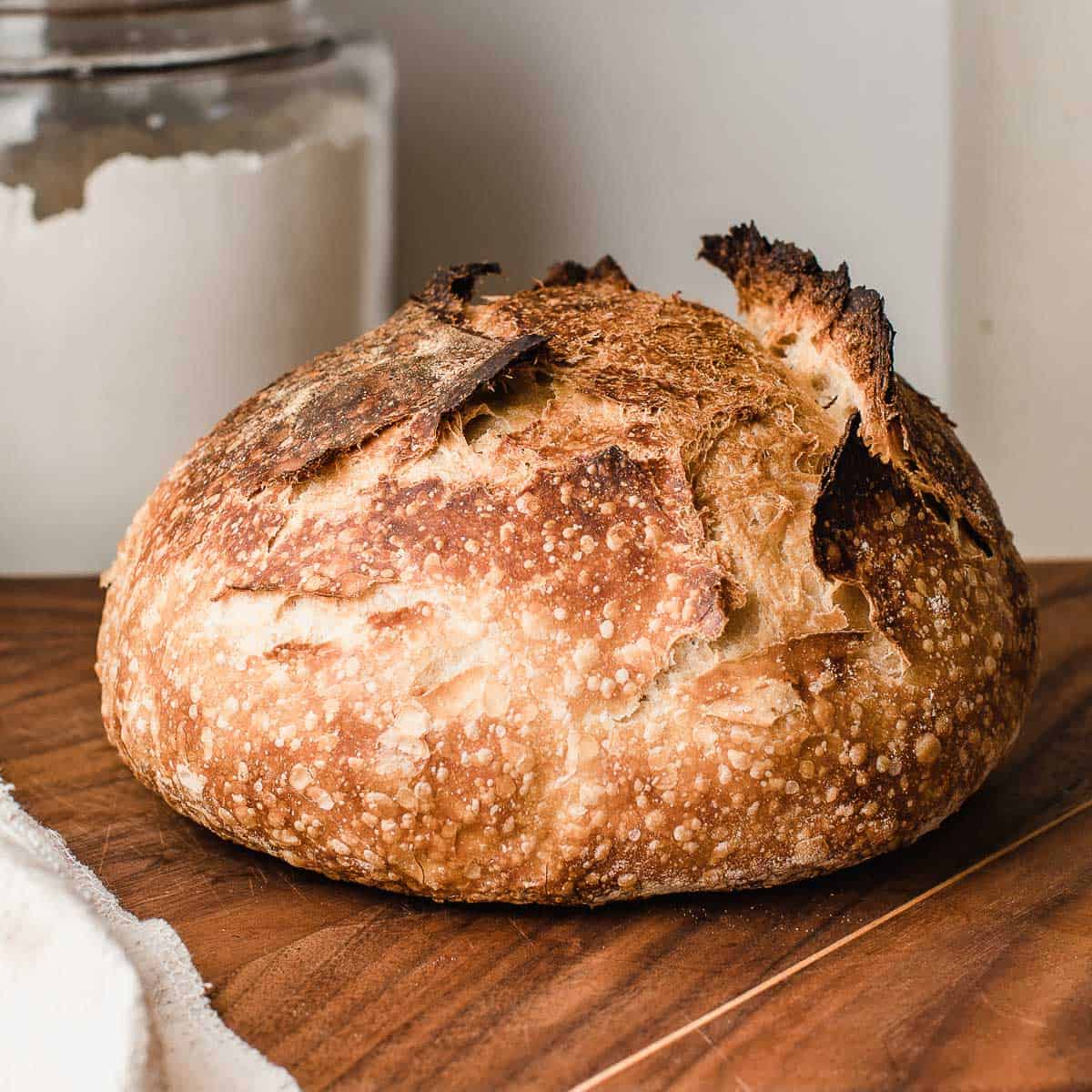


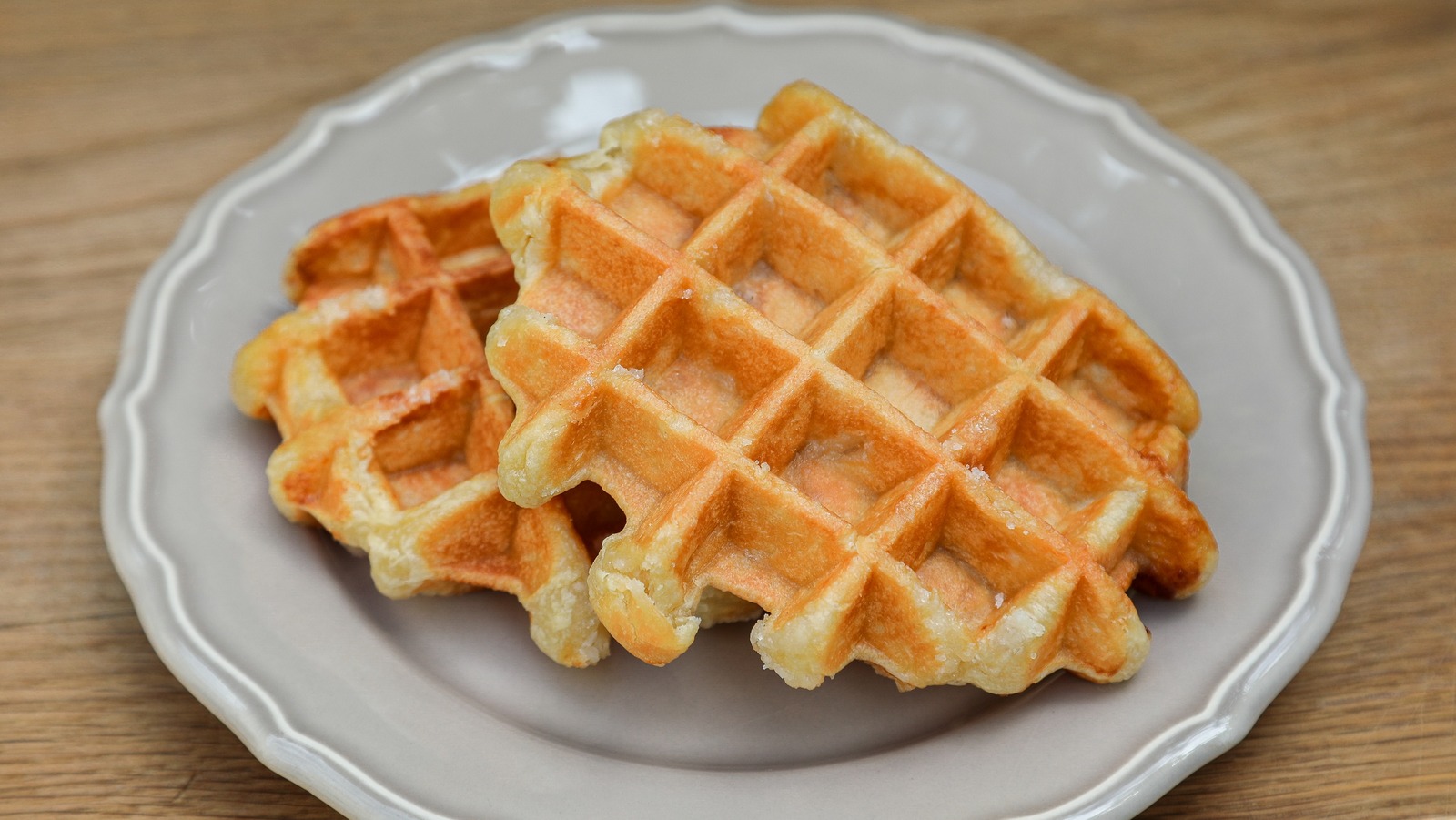
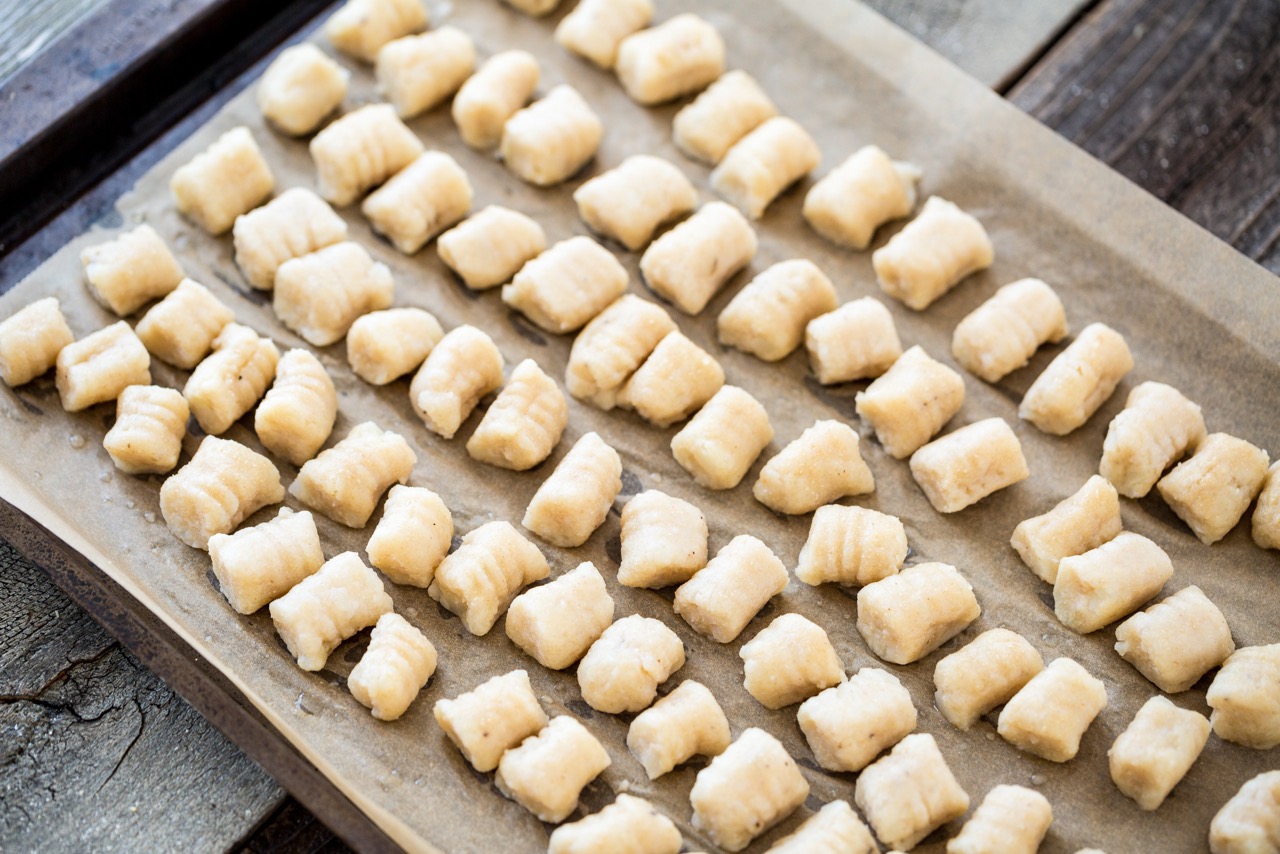
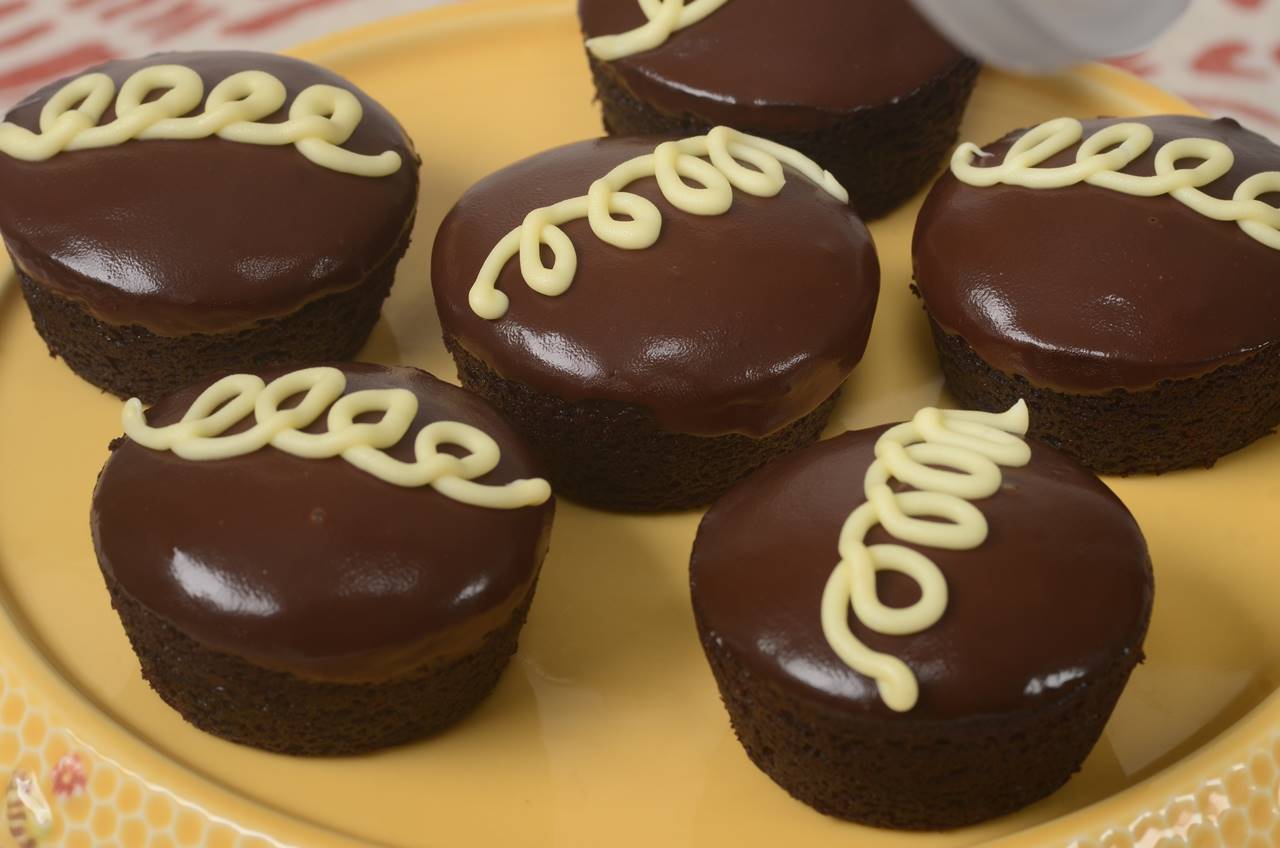
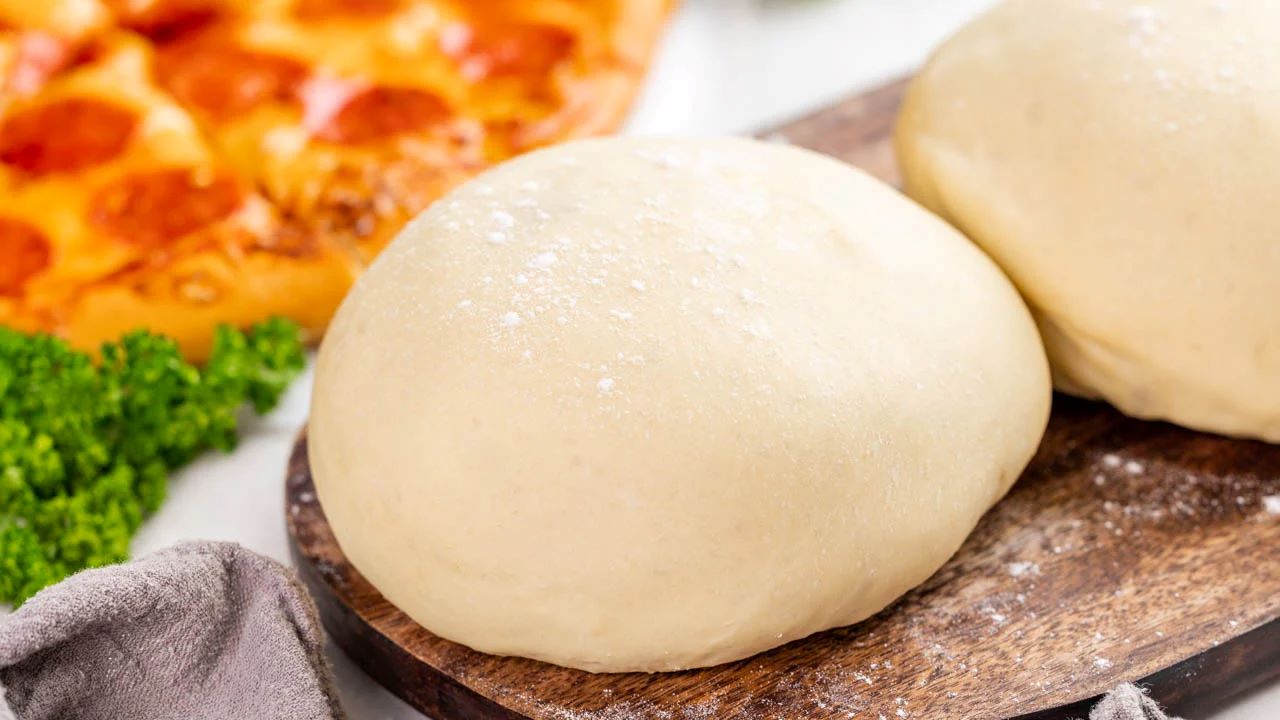
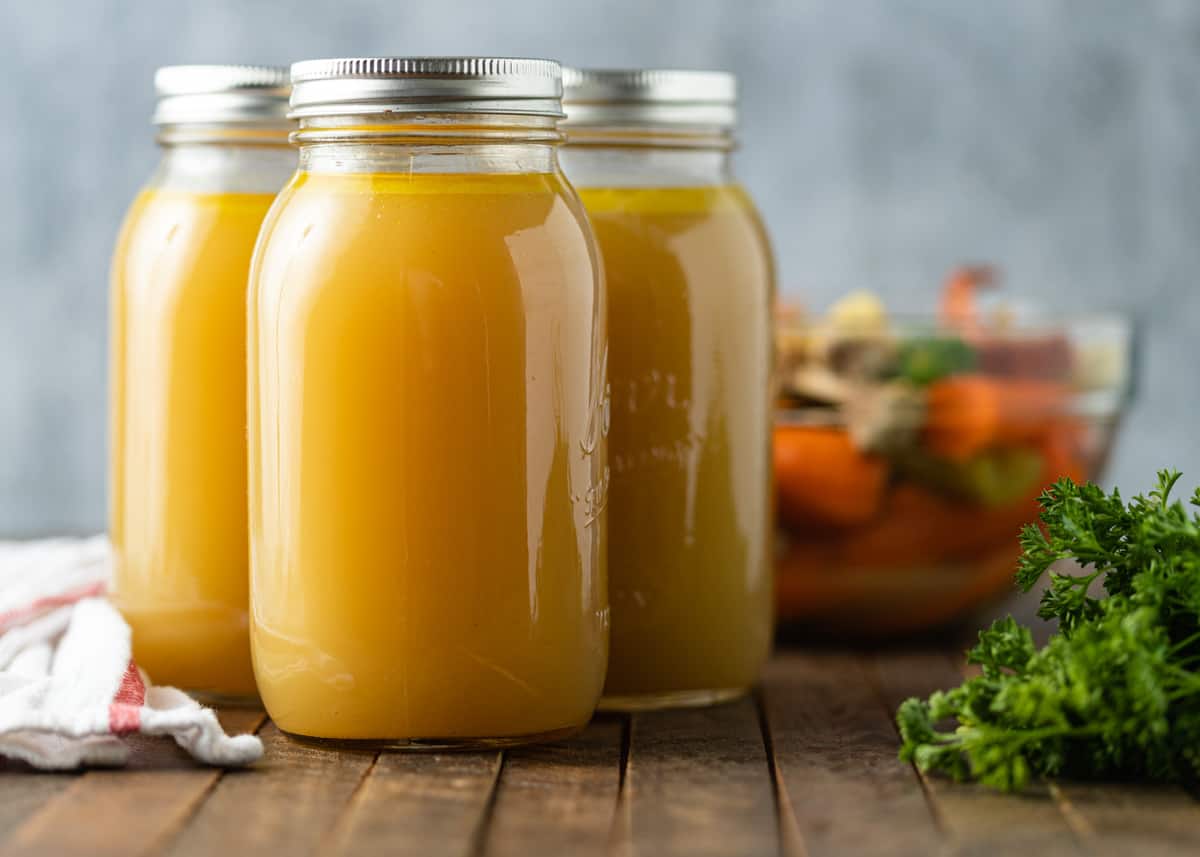
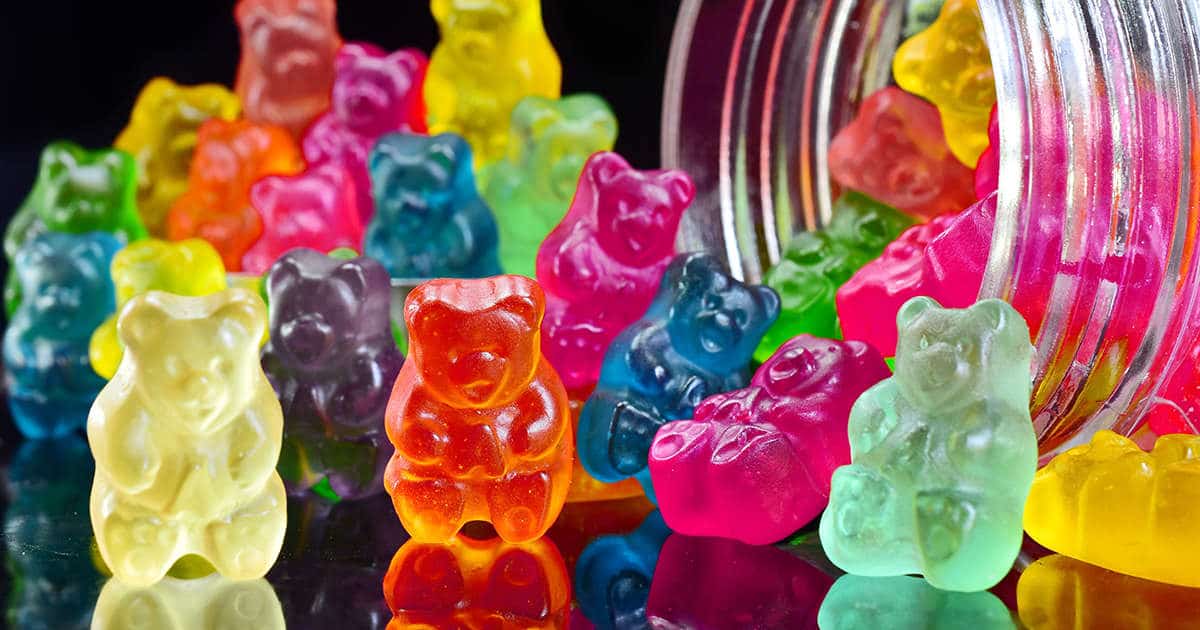
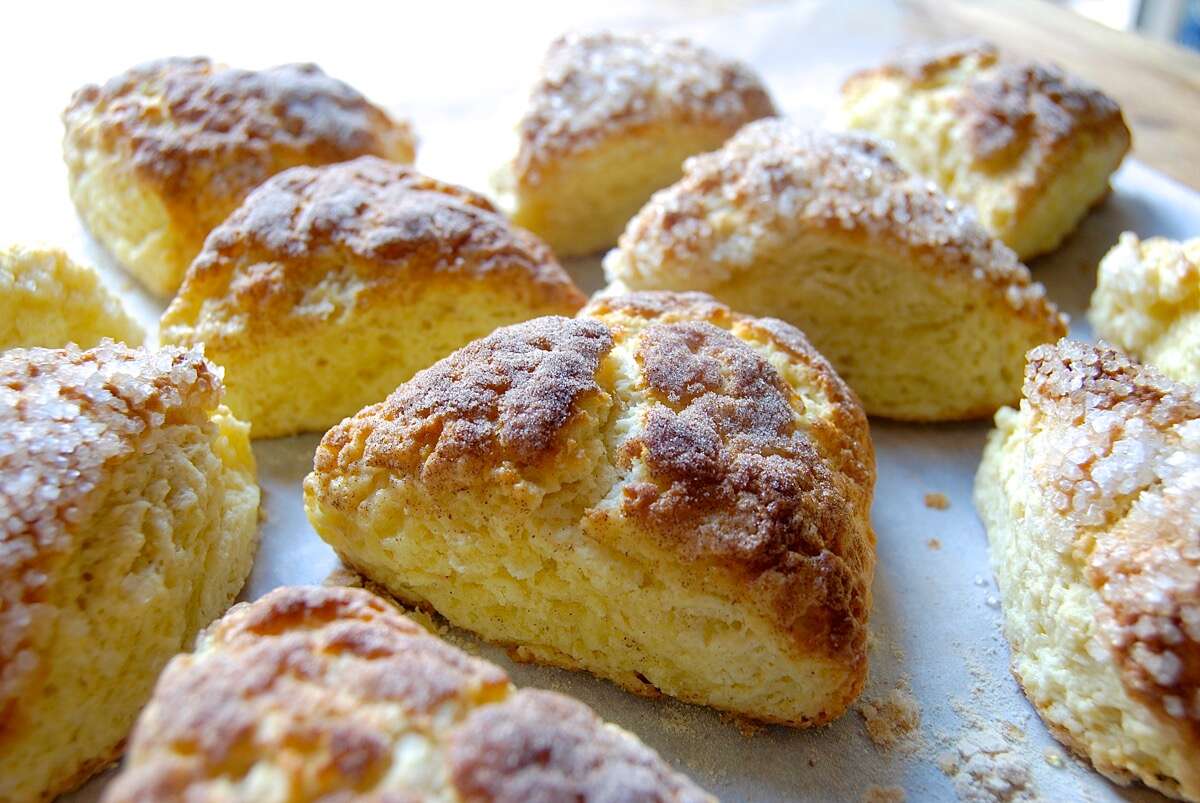
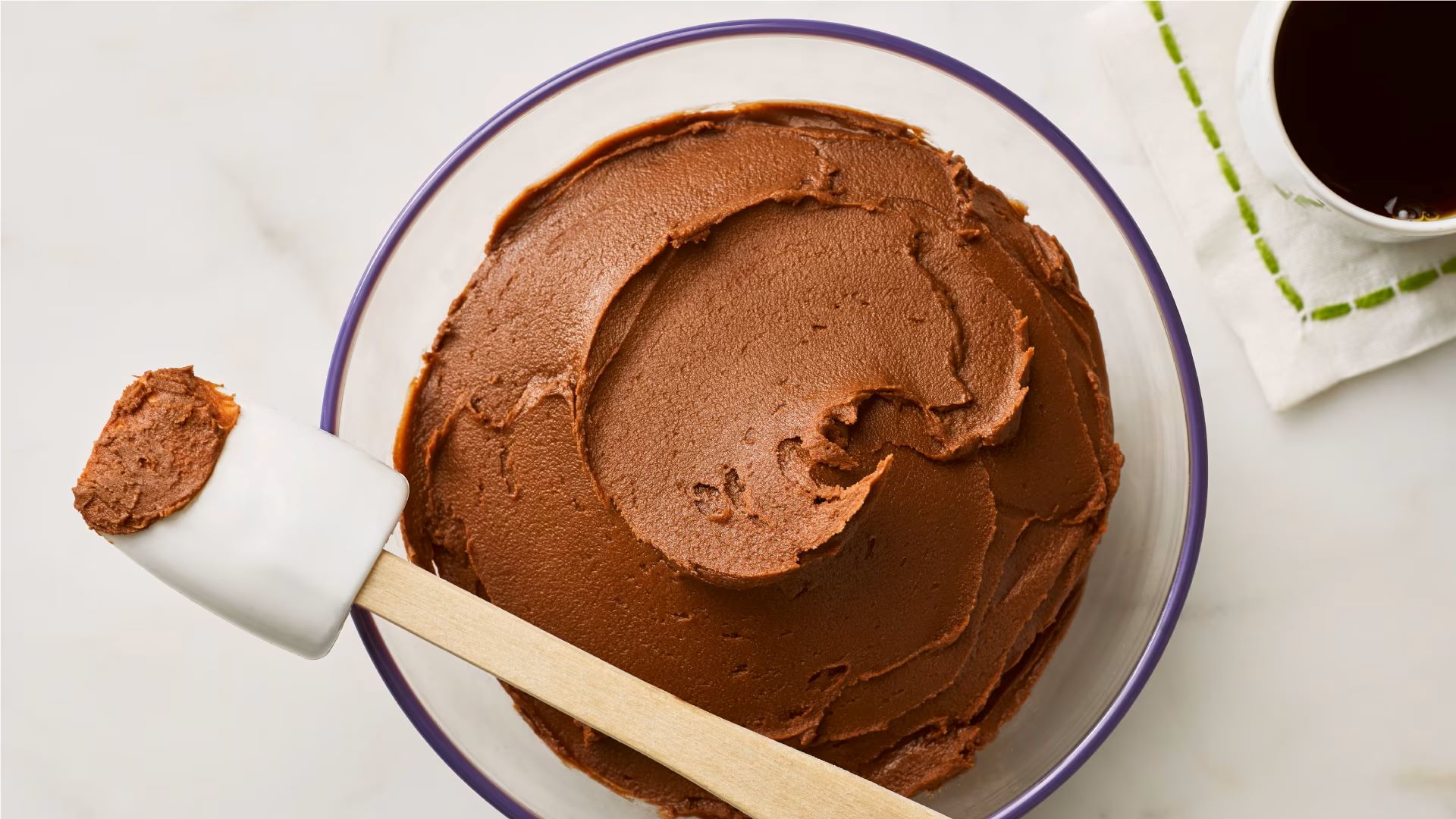
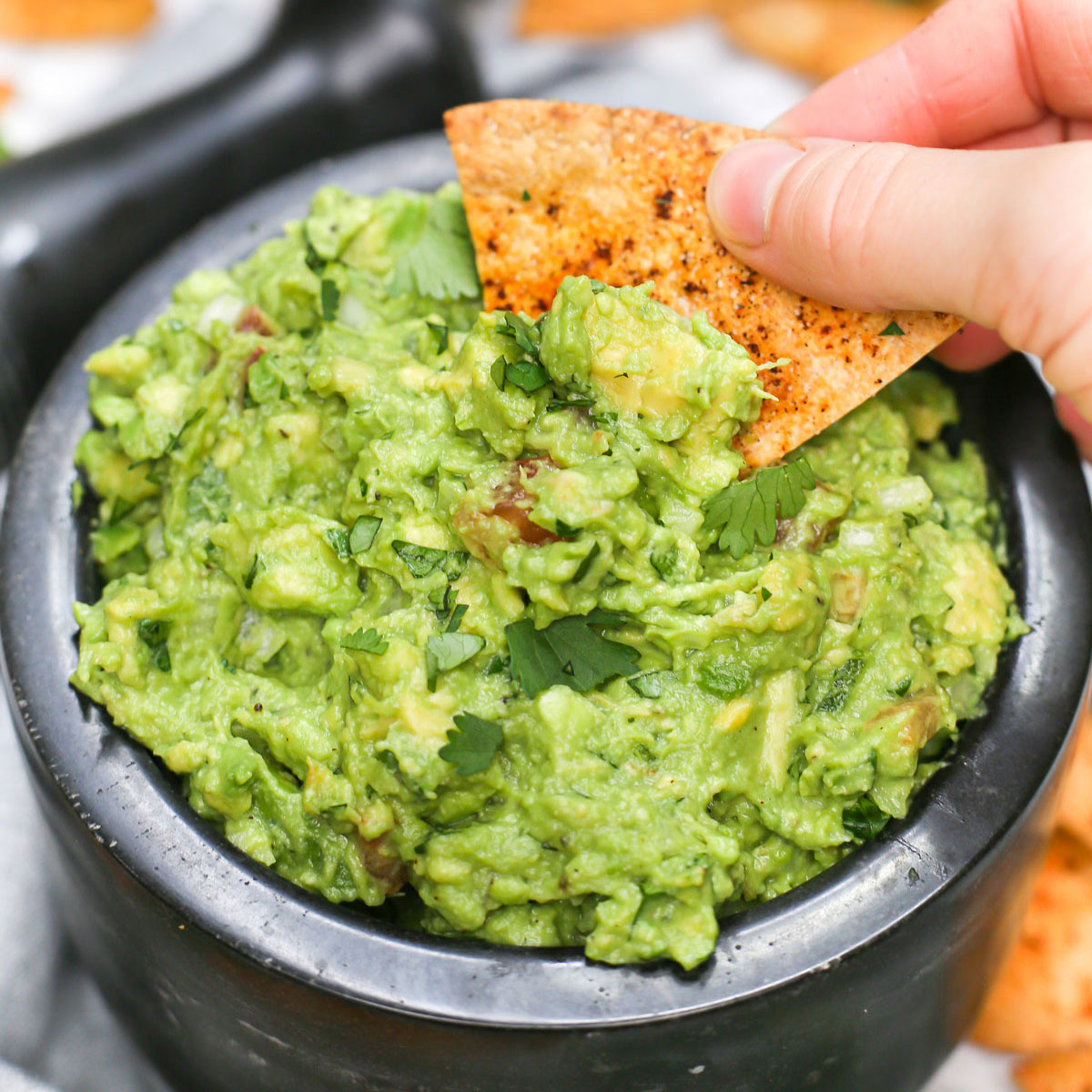
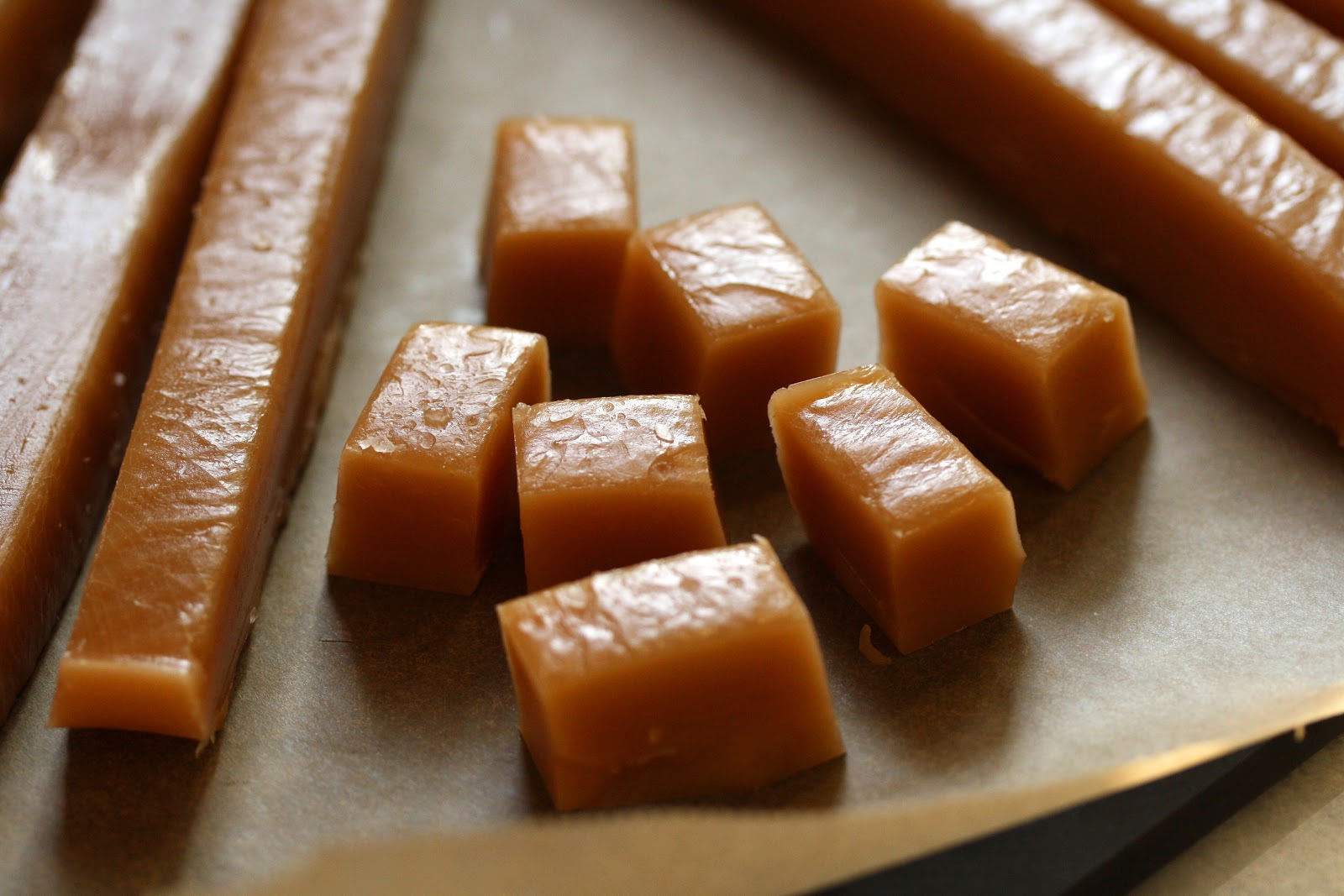


0 thoughts on “How To Store Homemade Icing”